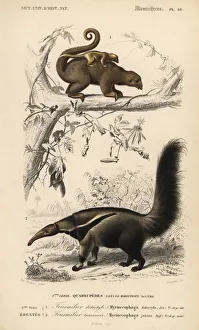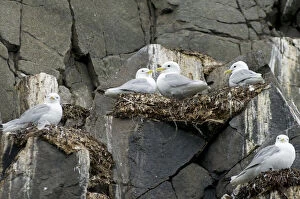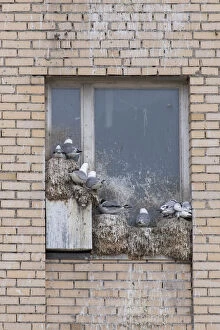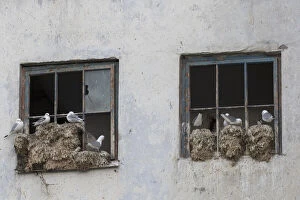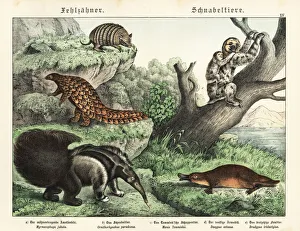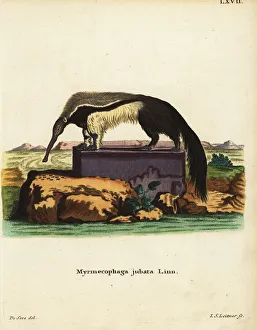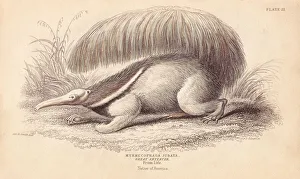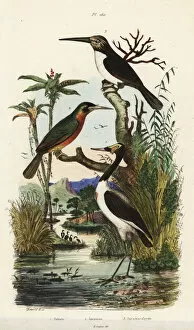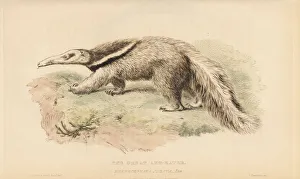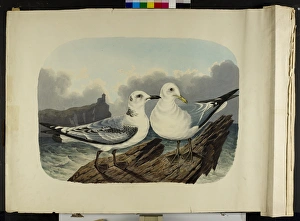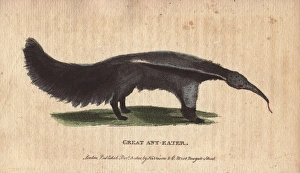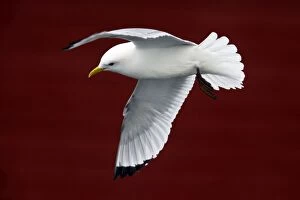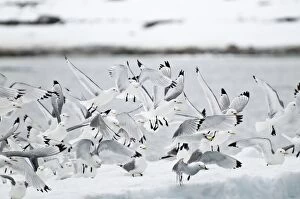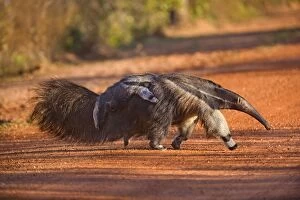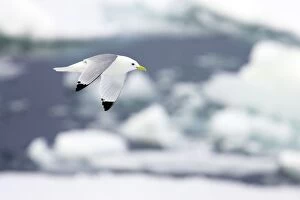Tridactyla Collection
Tridactyla, also known as the silky anteater or Cyclopes didactylus, is a fascinating creature that captivates with its unique features
All Professionally Made to Order for Quick Shipping
Tridactyla, also known as the silky anteater or Cyclopes didactylus, is a fascinating creature that captivates with its unique features. With its long and slender body covered in soft fur, this small mammal belongs to the family of anteaters and sloths. Unlike its larger cousin, the giant anteater, Tridactyla measures only about 14 inches in length. Its most distinctive characteristic is its three-fingered claws on each limb - hence the name "tridactyla. " These specialized appendages allow it to effortlessly climb trees and hang upside down while searching for food. Found primarily in Central and South America, Tridactyla inhabits tropical rainforests where it relies on a diet consisting mainly of ants and termites. Using its elongated snout filled with sharp teeth, it skillfully extracts these tiny insects from their nests without causing any harm to itself. Despite being nocturnal by nature, this elusive creature has caught the attention of researchers who have been studying their behavior closely. Their unique adaptations have made them well-suited for life high up in the canopy where they spend most of their time hidden among leaves. Tridactyla's closest relatives include other members of the anteater family such as the great anteater and South American coati. While they may share similar habitats, each species has evolved distinct characteristics that enable them to thrive within their respective niches. As we continue to explore and learn more about Tridactyla's habits and ecological role within its environment, we gain valuable insights into our planet's incredible biodiversity. By understanding these remarkable creatures better, we can work towards preserving their natural habitats for future generations to appreciate and admire.

